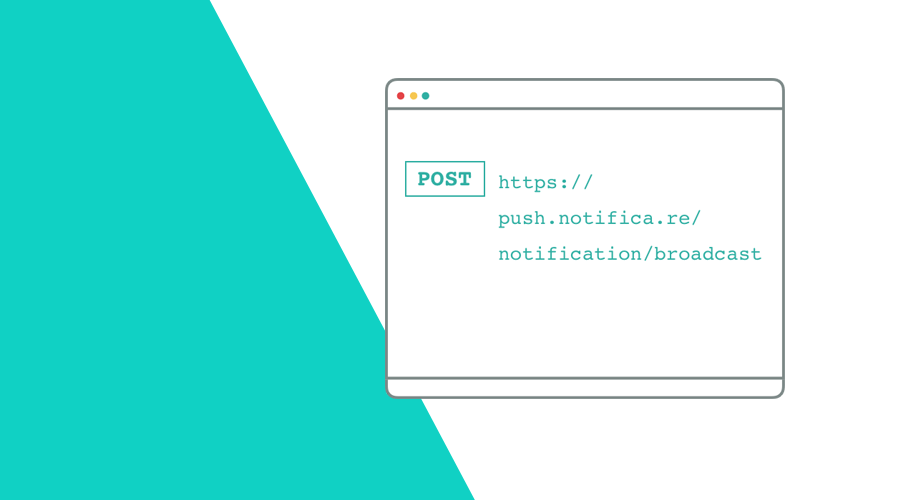API or Application Programming Interface is a piece of software commonly used to allow communication between applications. It is a way of defining what kind of requests can be performed in order to ensure interoperability between software independently of the technology they use. In Notificare, we provide several APIs in order to allow you to accomplish a multitude of tasks, from different types of applications and to receive information back from our servers.
This is how your own server can trigger a messaging campaign, your website or mobile app can create users and how you can all handle this information in real-time without necessarily knowing anything about the underlying technologies. Developers authenticate with our APIs using Basic Authentication to make HTTPS requests using a well adopted format, JSON.
References to all the APIs we provide and technical specifications can be found in our documentation located here.
REST API
This is, for most cases, the main interface you need to accomplish all the tasks your business needs. It allows you to get full access to all your apps and the data they store. It is also used to create all the messaging, contextual content, event-driven and location based campaigns. In fact, this is the API we used to power all our web based applications, like our dashboard, that allow you to interact with out platform on a daily basis.
Organizations, of all types and sizes, also use it to integrate with other pieces of software in their technology stack. For example, this is what developers would use to connect the dots between your Customer Relationship Management (CRM) and Notificare, allow actions from 3rd party applications to execute a wide range of operations or automate certain repetitive tasks in our platform.
This API was designed to give you access to all the features we provide. It's in constant development as we add new features and endpoints on a weekly basis. Its technical specification can be found here.
SDK API
This API was designed specifically to power our SDKs. It has a limited range of functionality and its purpose is to allow mobile applications to interact with Notificare. It is used to store device and user information, handle incoming notifications, device-level categorisation and pretty much anything that needs to be done inside a mobile app. It is the API used by our iOS and Android libraries that will make sure your mobile apps can communicate with our platform.
It is publicly available for those developers interested in creating their own mobile SDKs. Although in most cases your apps will simply use our free libraries and plugins, it is always available for those organizations that are looking to use our platform as a white-label solution to their end-users.
This API technical specification can be found here.
CLOUD API
This is yet another API designed to power web applications. It is the API we use to power our Web SDK. It allows you to securely execute cross-domain requests by whitelisting the origin domains. Just like the SDK API, it has a limited set of functionality designed exclusively for client-side applications that run on web browsers.
Pretty much like the SDK API, it is publicly available for any organization looking to build white-label solutions using web technologies. This API technical specification can be found here.
LIVE API
Finally, this API is designed to allow organizations to receive, in real-time, information about all the signals your web or mobile apps emit. It allows you to trigger other 3rd party applications whenever a user interacts with your applications. For example, you can use this API to receive the information of users as they enter or leave a store, when they open a notification or when they execute an event.
This API is also an add-on feature that requires activation and some initial configuration. It can then be used to securely process all the information you care about allowing organizations to accomplish complex integrations with our platform using webhooks.
Its technical specification can be found here along with hands-on code examples to help you quickly integrate this API.
Conclusion
As you can see, no matter what you are trying to accomplish, we've got you covered. Integration between your servers or apps and our platform is streamlined using a highly resilient infrastructure and an easy to use interface. We hope this post helps you to quickly decide which API you need.
As always, we are available for any question you might have via our Support Channel and you can always request a demo if you would like to see these in action.


